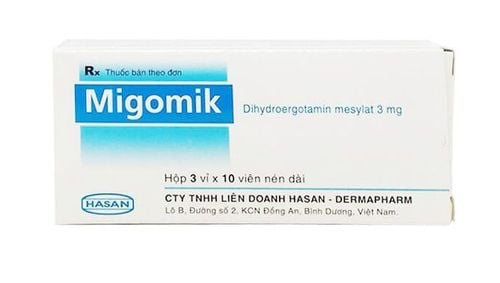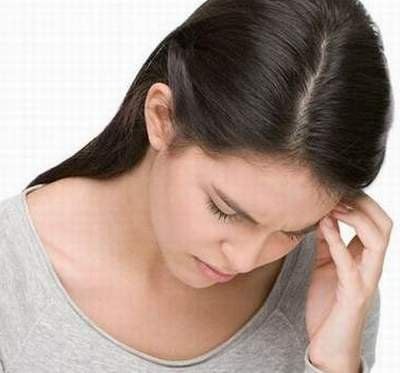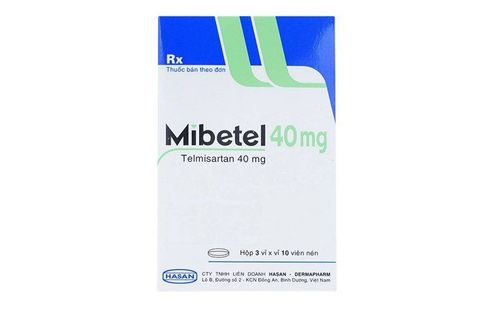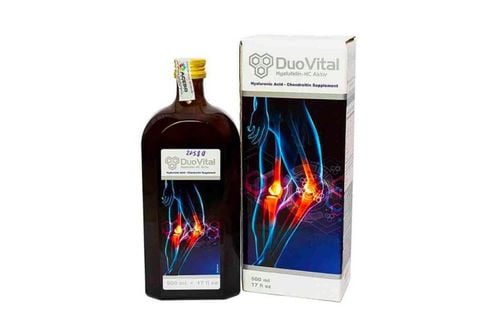This is an automatically translated article.
The article is professionally consulted by Master, Doctor Cao Thanh Tam - Cardiologist - Cardiovascular Center - Vinmec Central Park International General Hospital.Orthostatic hypotension is a common medical condition in the elderly, significantly affecting the patient's quality of life. So, what causes orthostatic hypotension in the elderly?
1. Definition of orthostatic hypotension
Orthostatic hypotension is an excessive decrease in blood pressure with a drop in systolic blood pressure of more than 20 mmHg, or diastolic blood pressure by more than 10 mmHg, or both within 3 minutes of standing up. Typical symptoms of orthostatic hypotension include: Dizziness, dizziness, blurred vision, fatigue, headache, vague pain in the neck and shoulders but relieved when lying down, cognitive disturbances can lead to fainting. Symptoms of orthostatic hypotension are often worse in the morning. Therefore, patients should have their blood pressure measured at certain times of the day to increase the likelihood of disease detection.2. Causes of orthostatic hypotension
Causes of orthostatic hypotension are divided into causes of acute and chronic postural hypotension. Specifically as follows:Acute orthostatic hypotension:
Due to drugs: Tricyclic antidepressants, Parkinson's drugs, antihypertensive drugs, α1- sympathomimetic drugs. Due to intravascular volume depletion: Blood loss, vomiting, diarrhea, dehydration. Due to cardiovascular causes: myocardial infarction, congestive heart failure. Due to adrenal insufficiency, aldosterone secretion is decreased. Chronic orthostatic hypotension:
Disorders in the elderly: Decreased sensitivity of reflexes and parasympathetic function, impaired vasoconstriction, decreased cardiac and venous dilatation, decreased cognition thirst and reduced water retention. Primary autonomic neuropathy: Multiple system atrophy of the central nervous system, Parkinson's disease. Secondary autonomic neuropathy: Diabetes type 1, 2 ; paraneoplastic disorders, autonomic ganglia autoimmune disease.

3. Why orthostatic hypotension often occurs in the elderly?
There are many causes that lead to orthostatic hypotension in the elderly, which can be listed as:Medications to treat underlying medical conditions for the elderly increase the risk of orthostatic hypotension (eg. alpha-blockers, diuretics, tricyclic antidepressants). The elderly have diseases that cause peripheral autonomic dysfunction such as diabetes, amyloidosis or some primary neurodegenerative diseases (Parkinson's disease). The frequency of orthostatic hypotension increases with age, reflecting the elderly or having risk factors for concomitant diseases such as neurodegeneration, chronic diseases requiring the use of vasoactive drugs. In particular, it is necessary to pay attention to Parkinson's patients because the incidence of orthostatic hypotension is not small. The elderly are also particularly susceptible to orthostatic hypotension due to reduced sensitivity of baroreceptors, parasympathetic tone, and vasoconstriction of α1 receptors. Cardiac and venous dilatation affects the ability to compensate for changes in intravascular volume in the standing position. In addition, the elderly also often have reduced thirst, reduced ability to retain salt and water, increasing the risk of dehydration, and decreased circulatory volume also contributes to the reduction of orthostatic blood pressure.
Orthostatic hypotension is an important clinical condition, with a high complication rate and mortality risk, especially in the elderly. A full assessment and timely treatment of this condition will help you achieve stable health and avoid dangerous complications later. Therefore, when detecting abnormal signs of health, go to reputable medical facilities to be examined and diagnosed by a specialist doctor in a timely manner.
Please dial HOTLINE for more information or register for an appointment HERE. Download MyVinmec app to make appointments faster and to manage your bookings easily.














